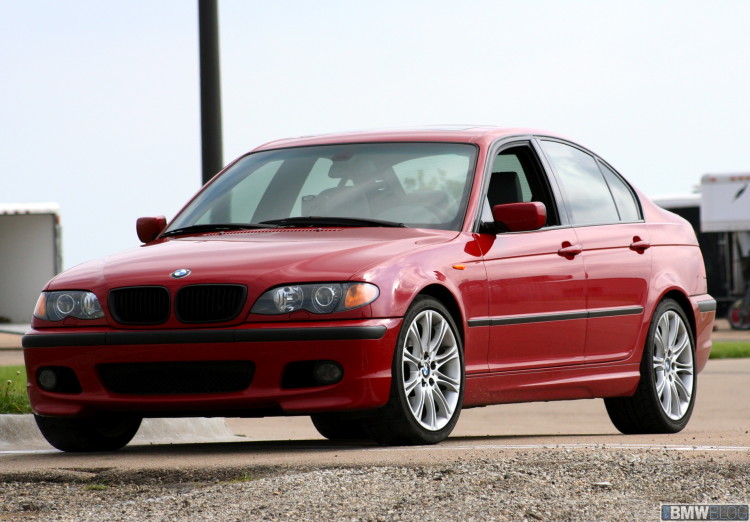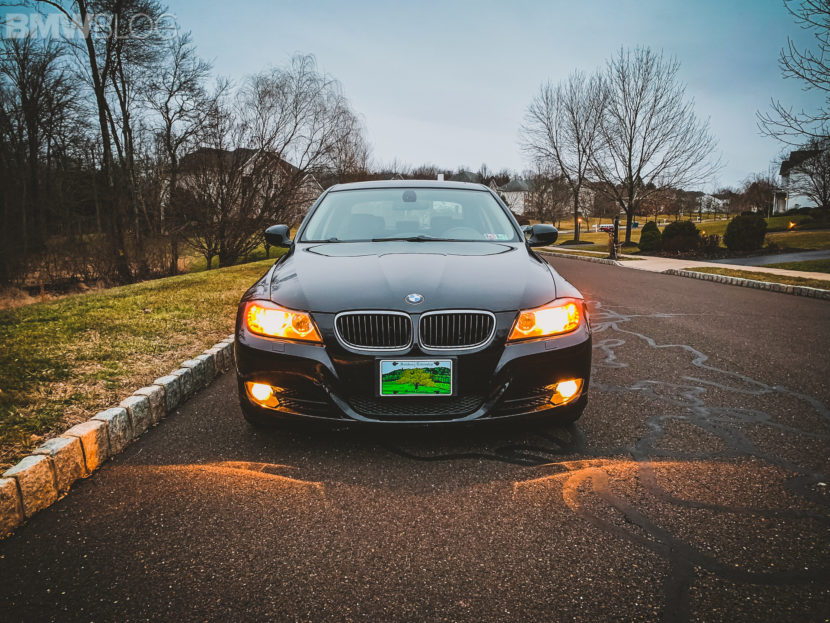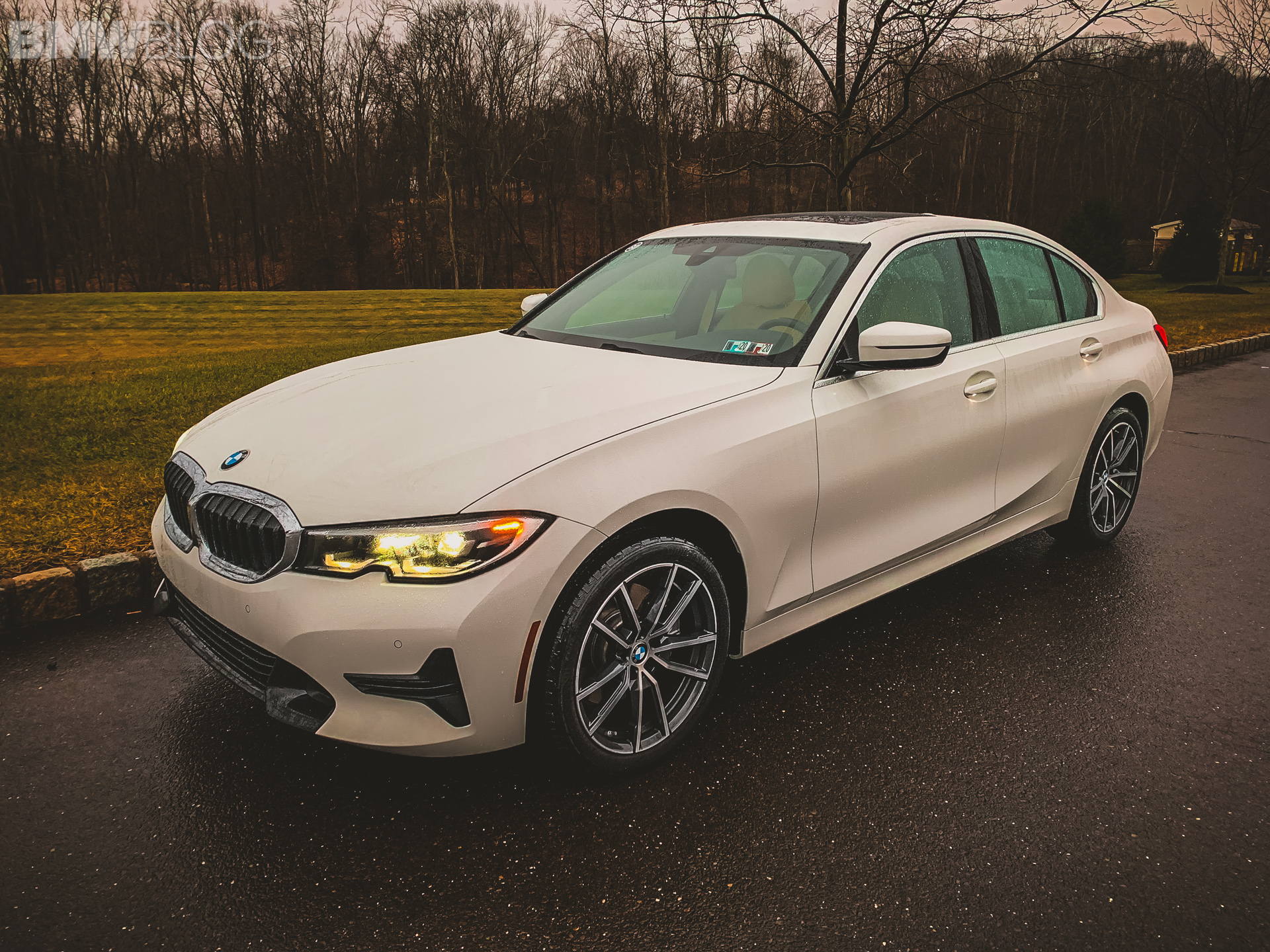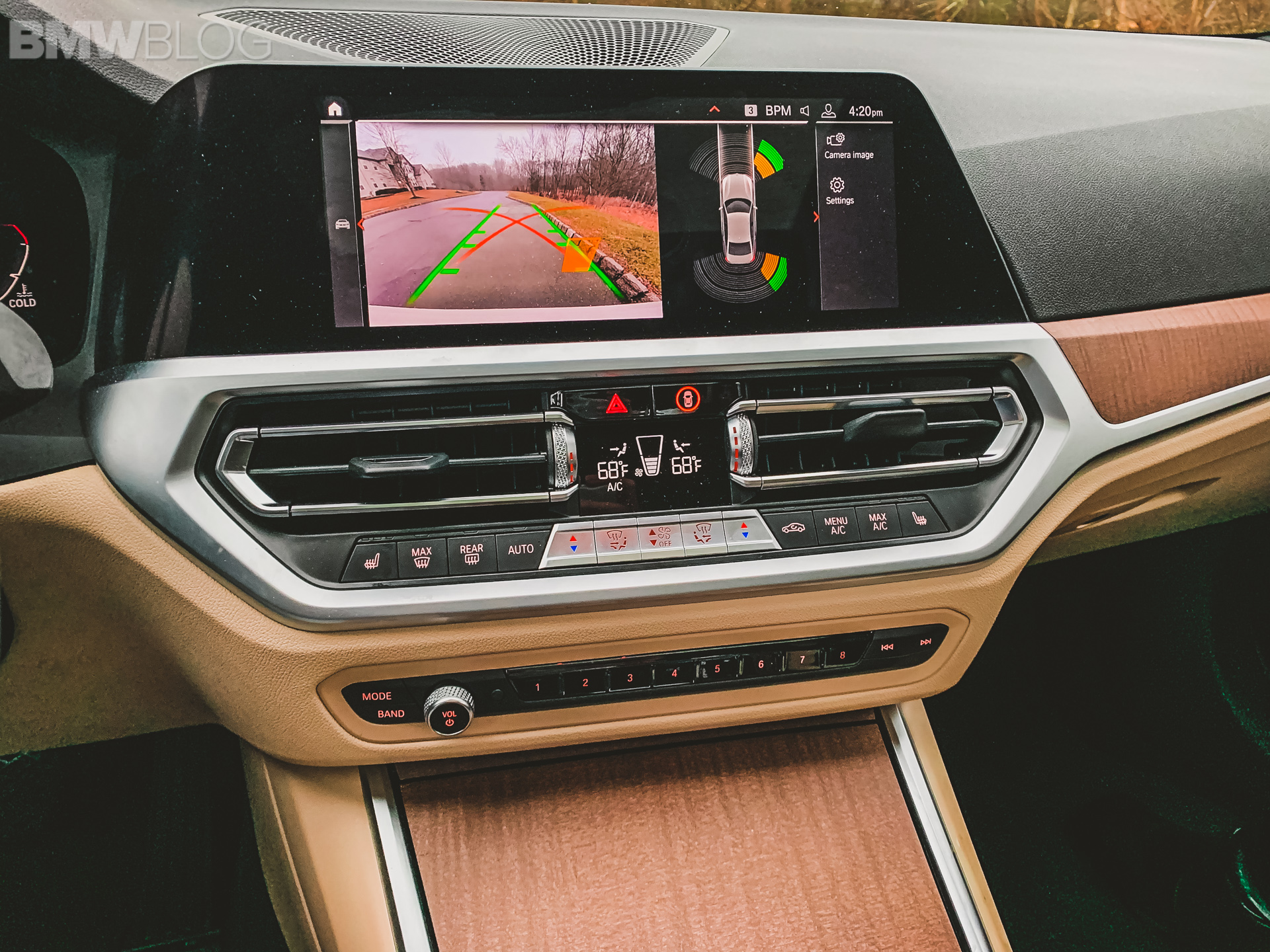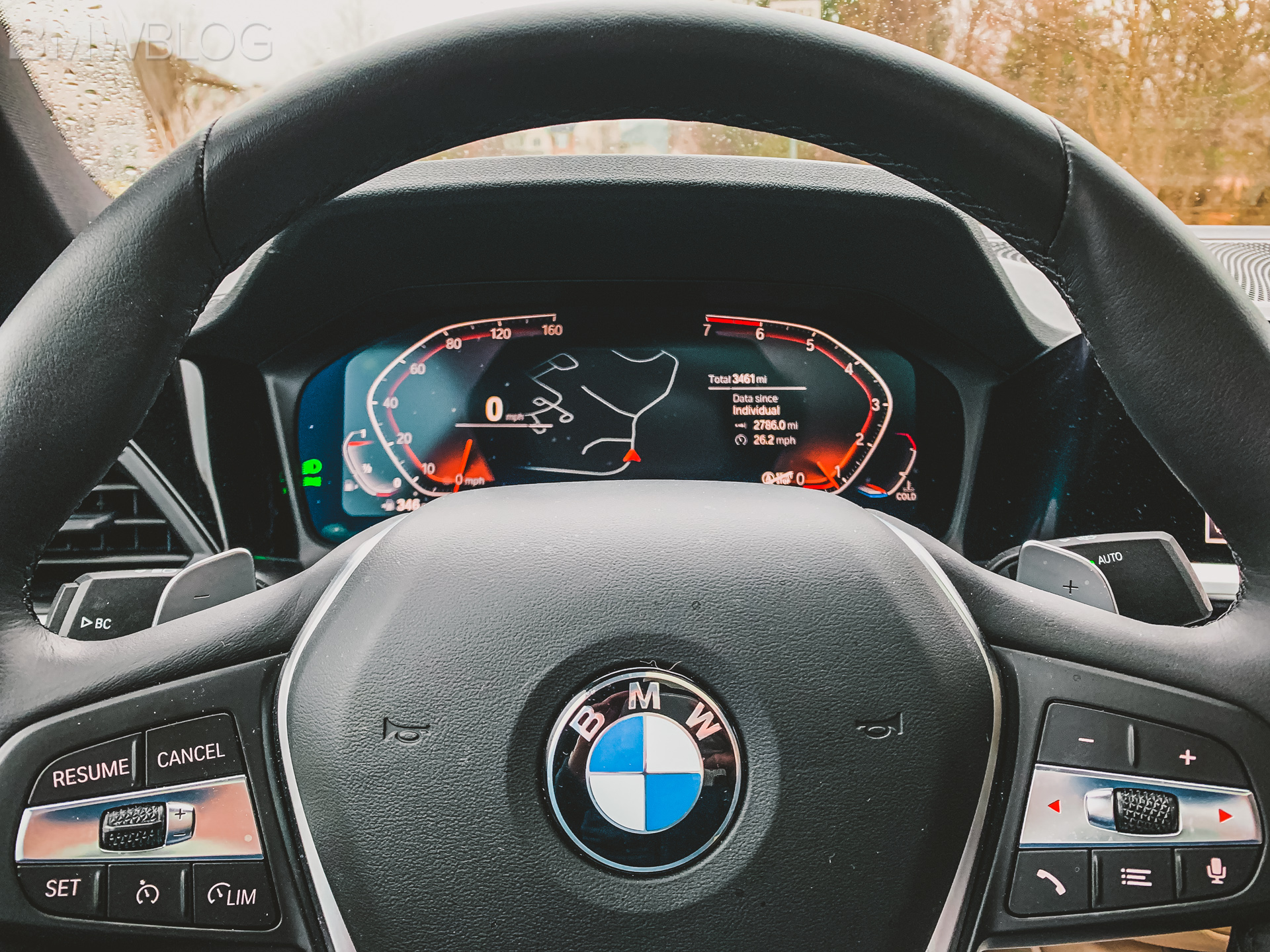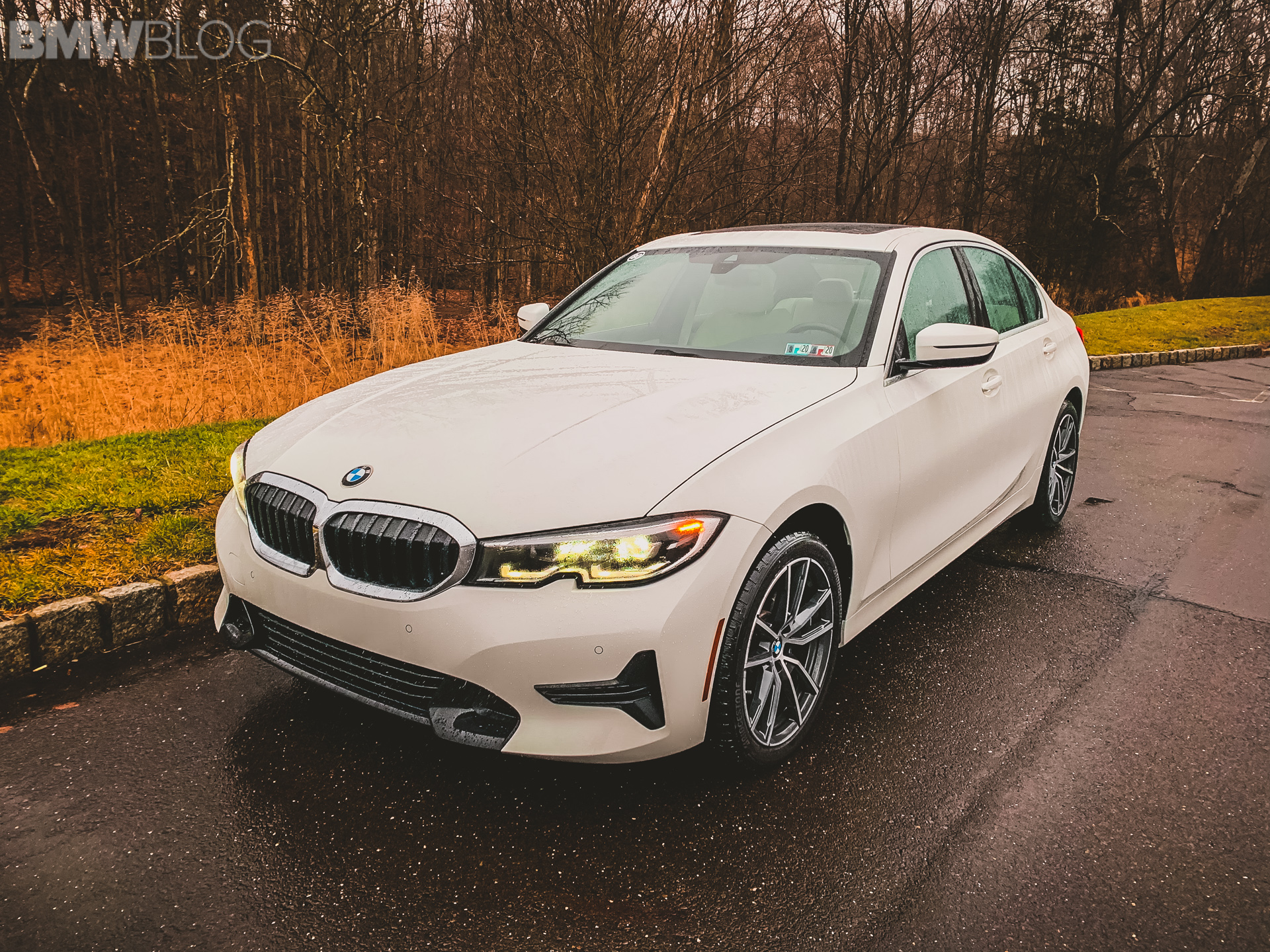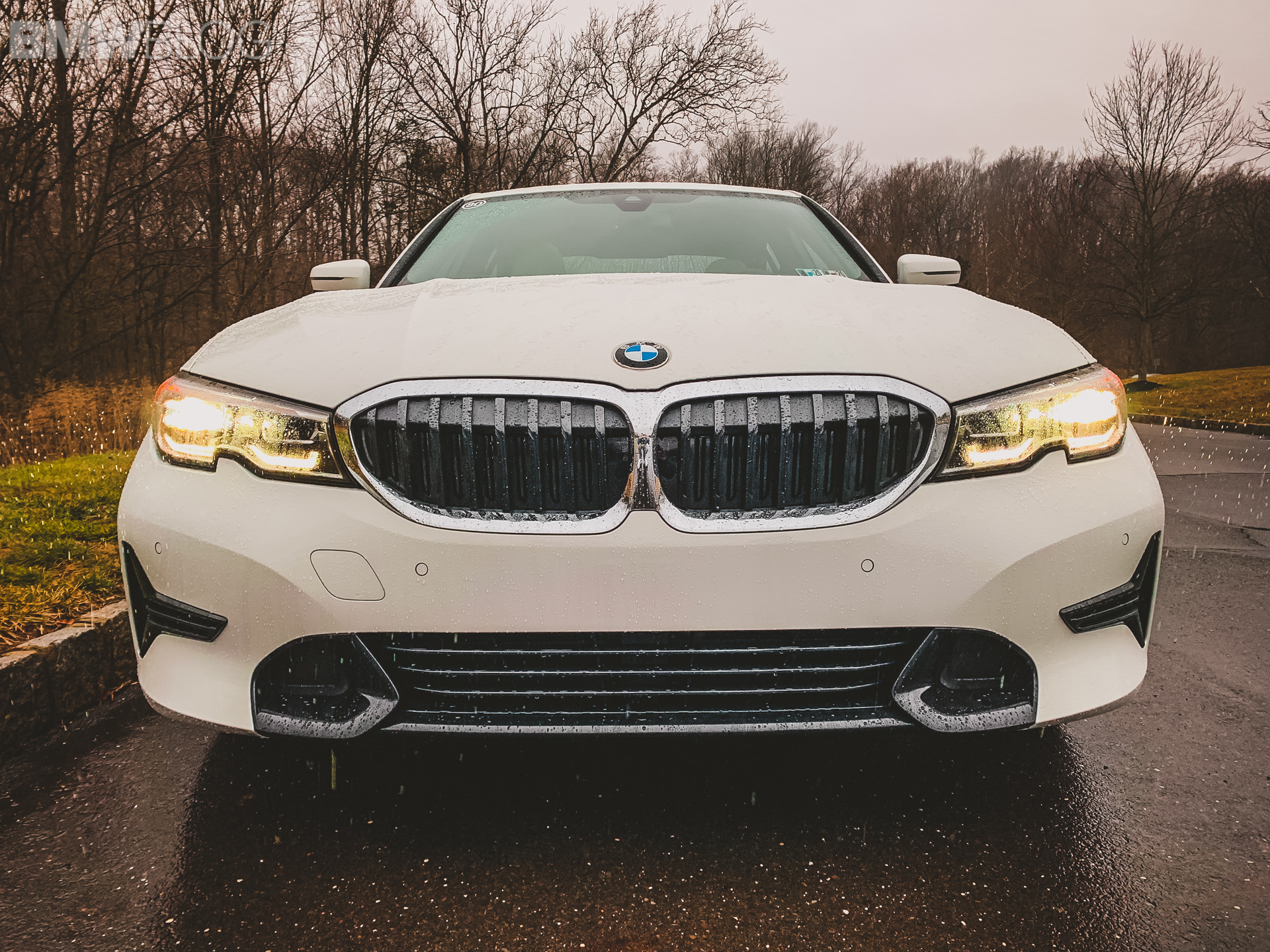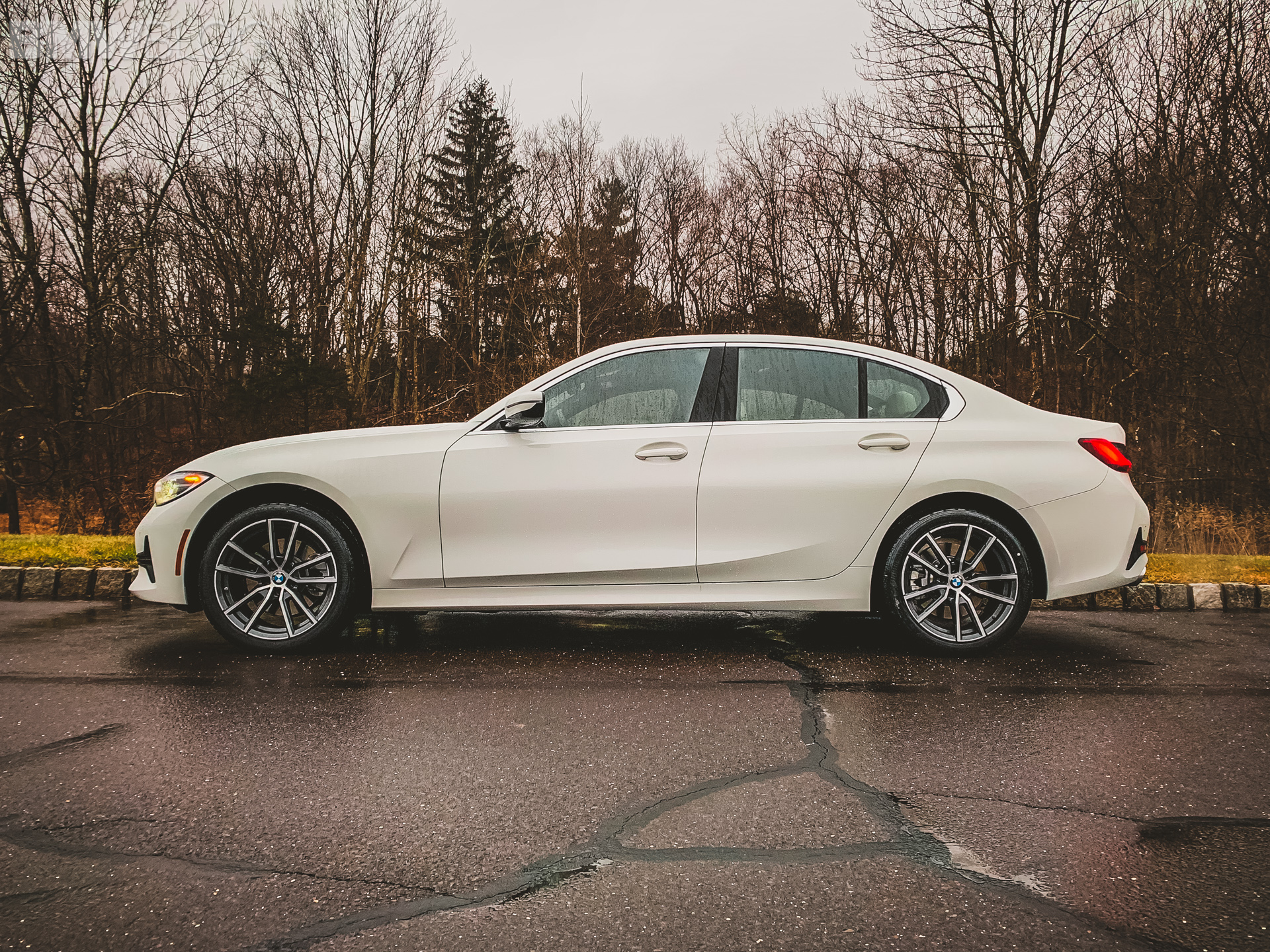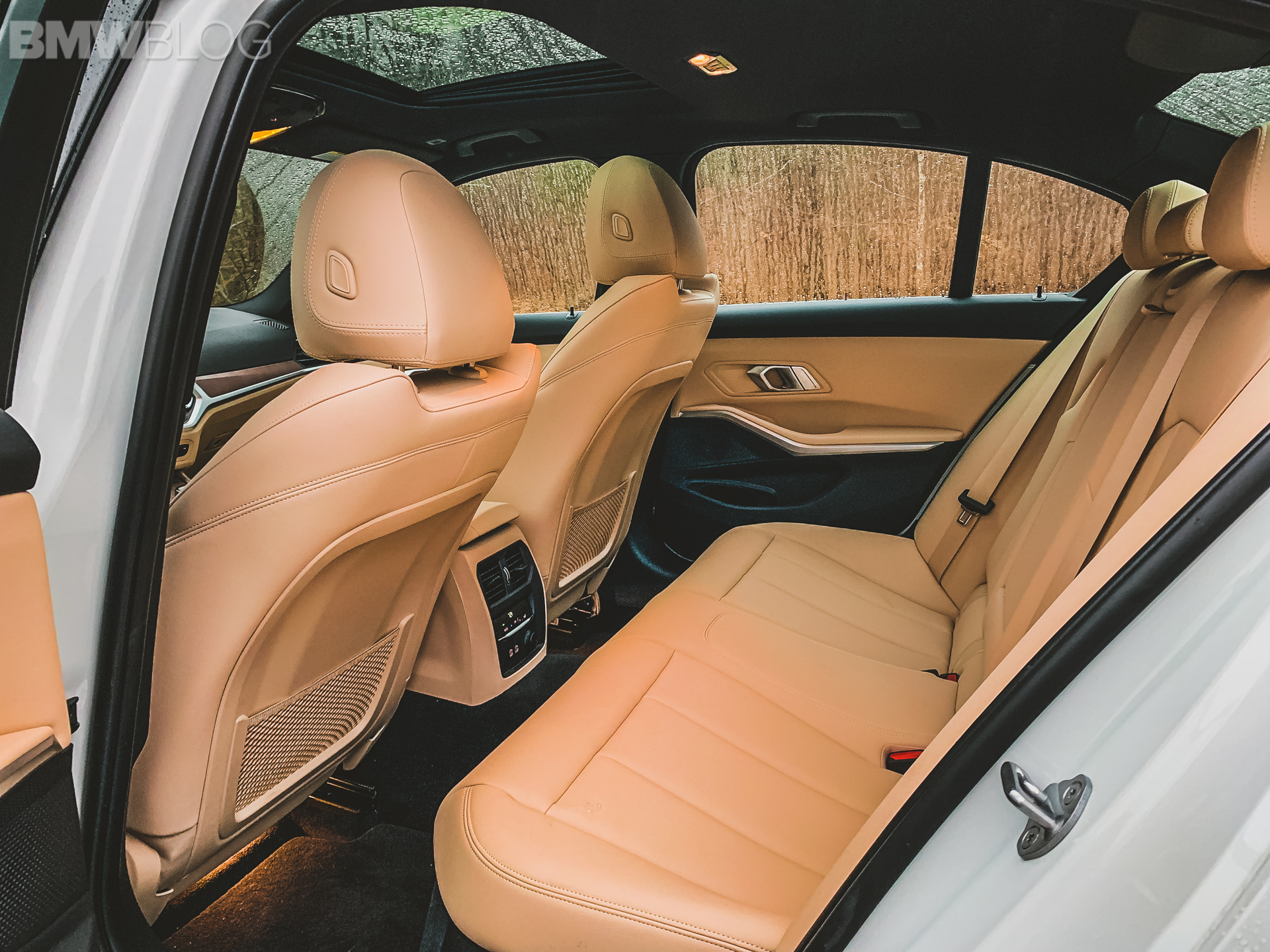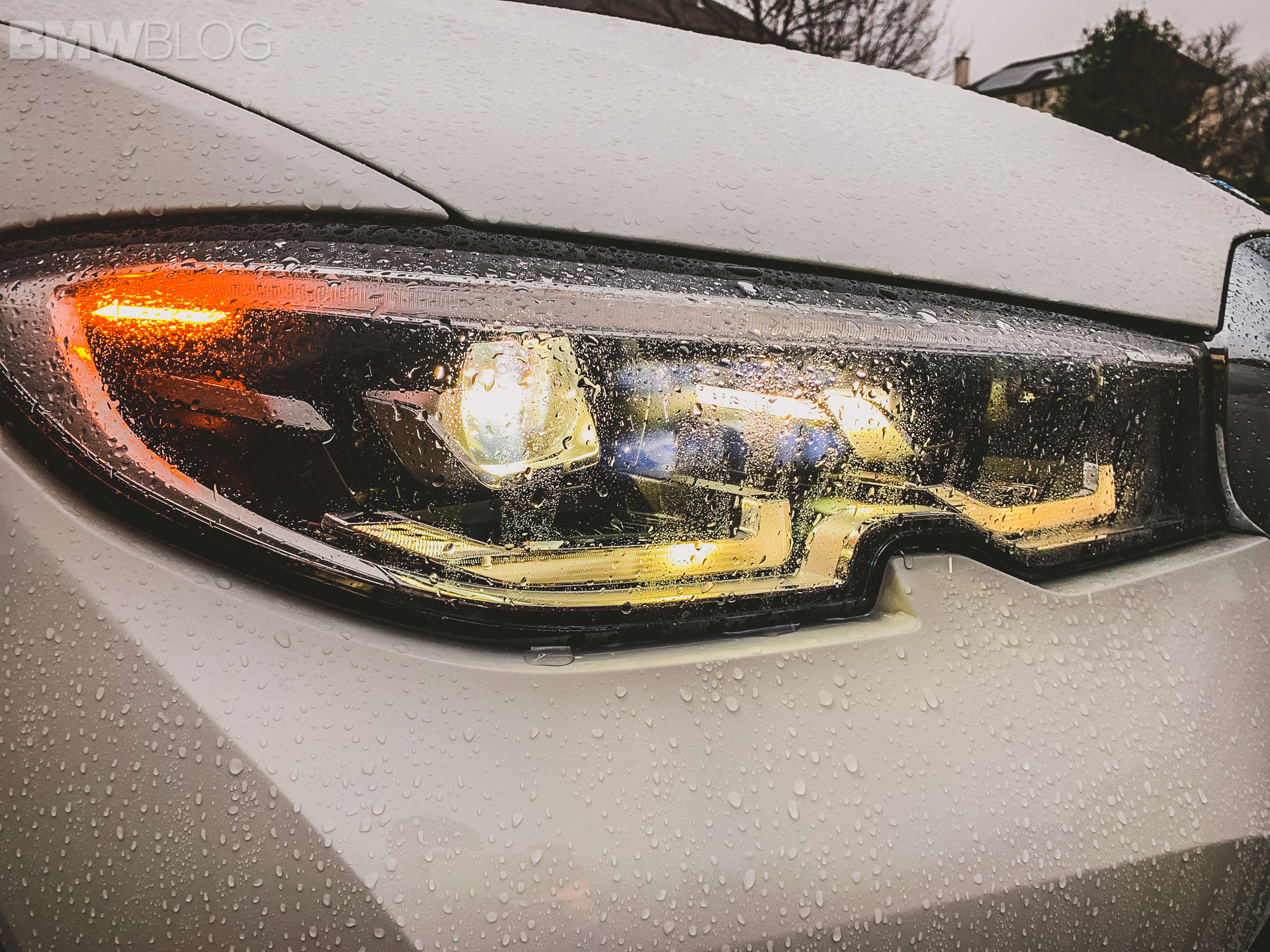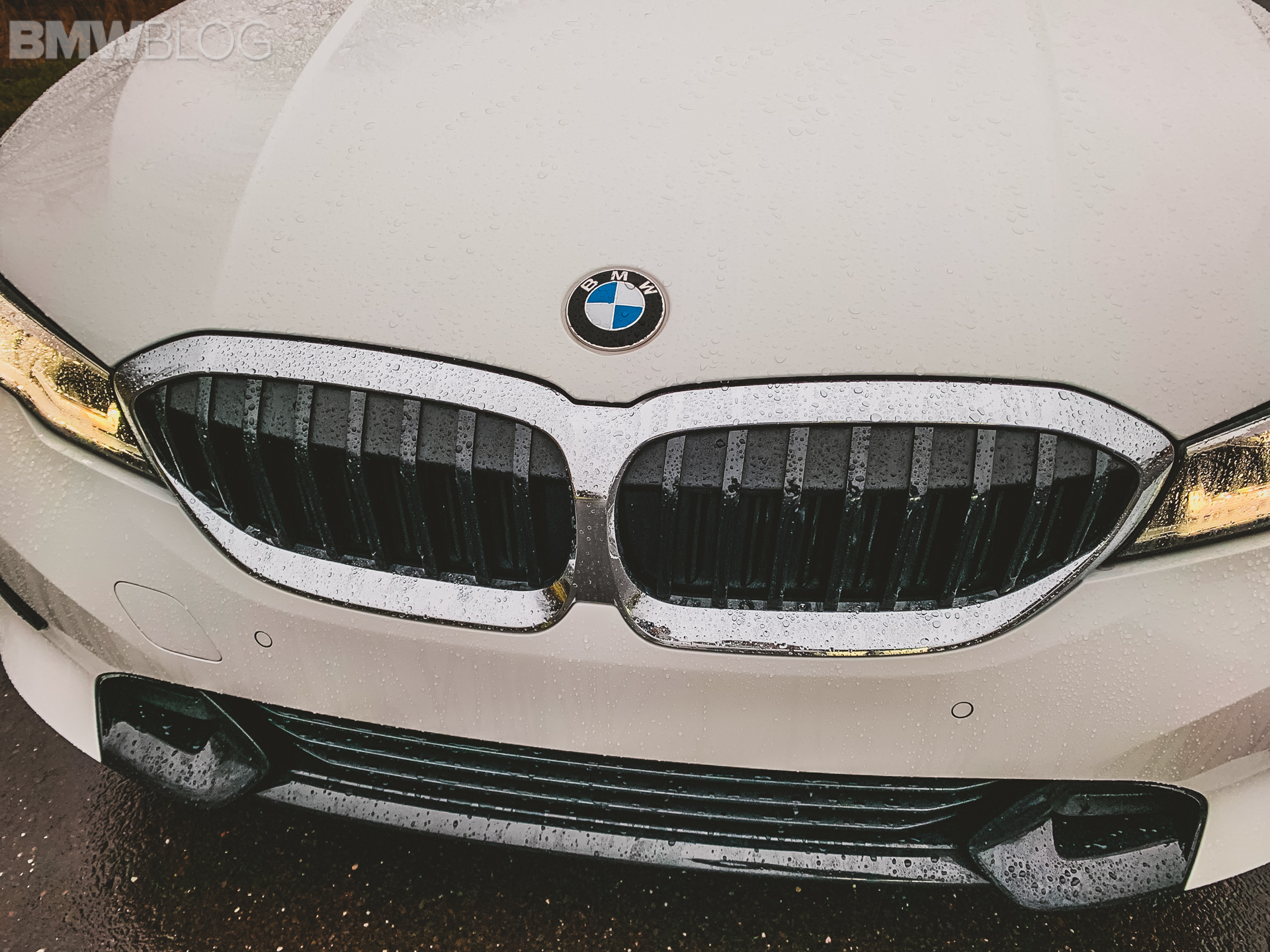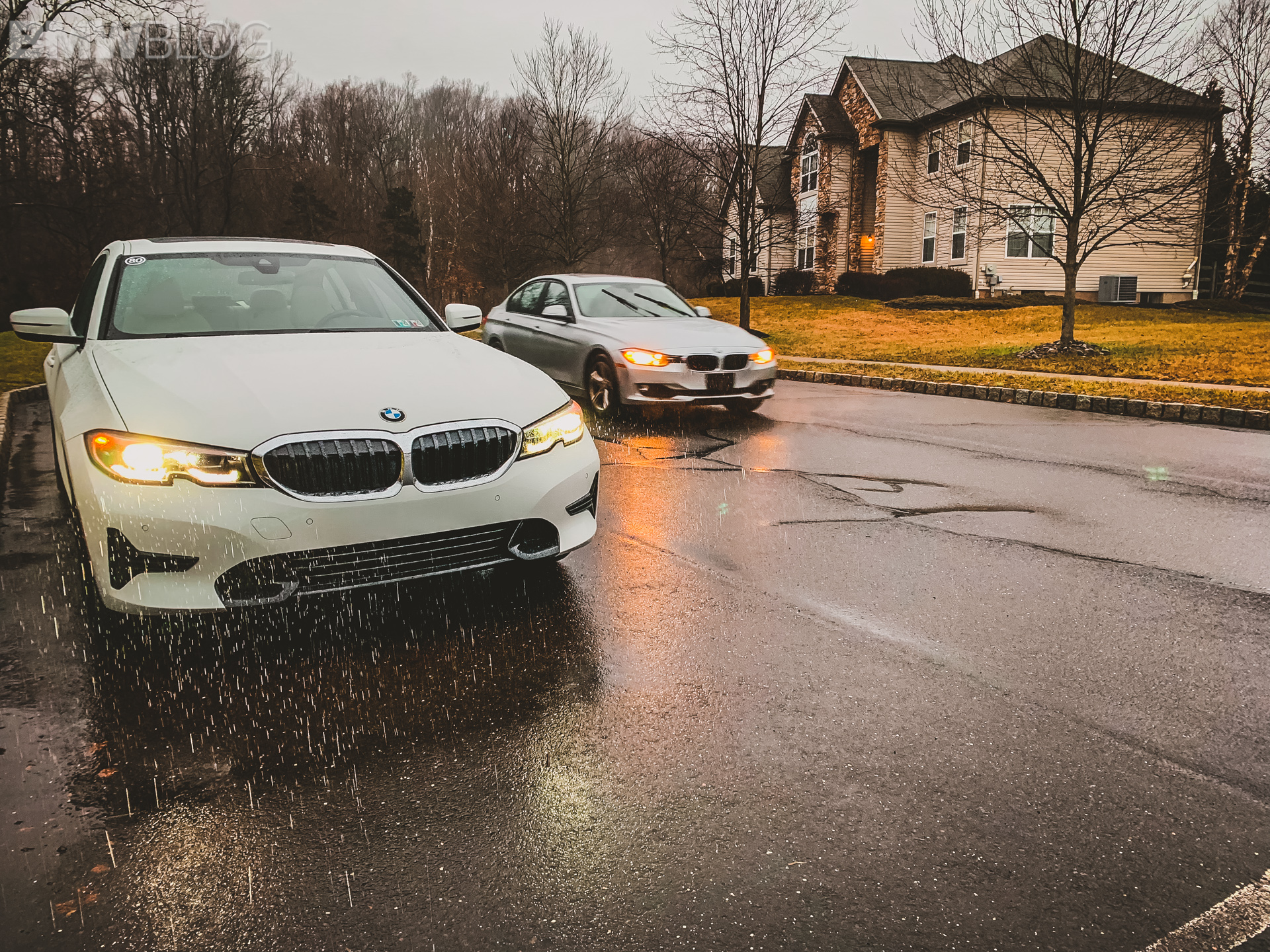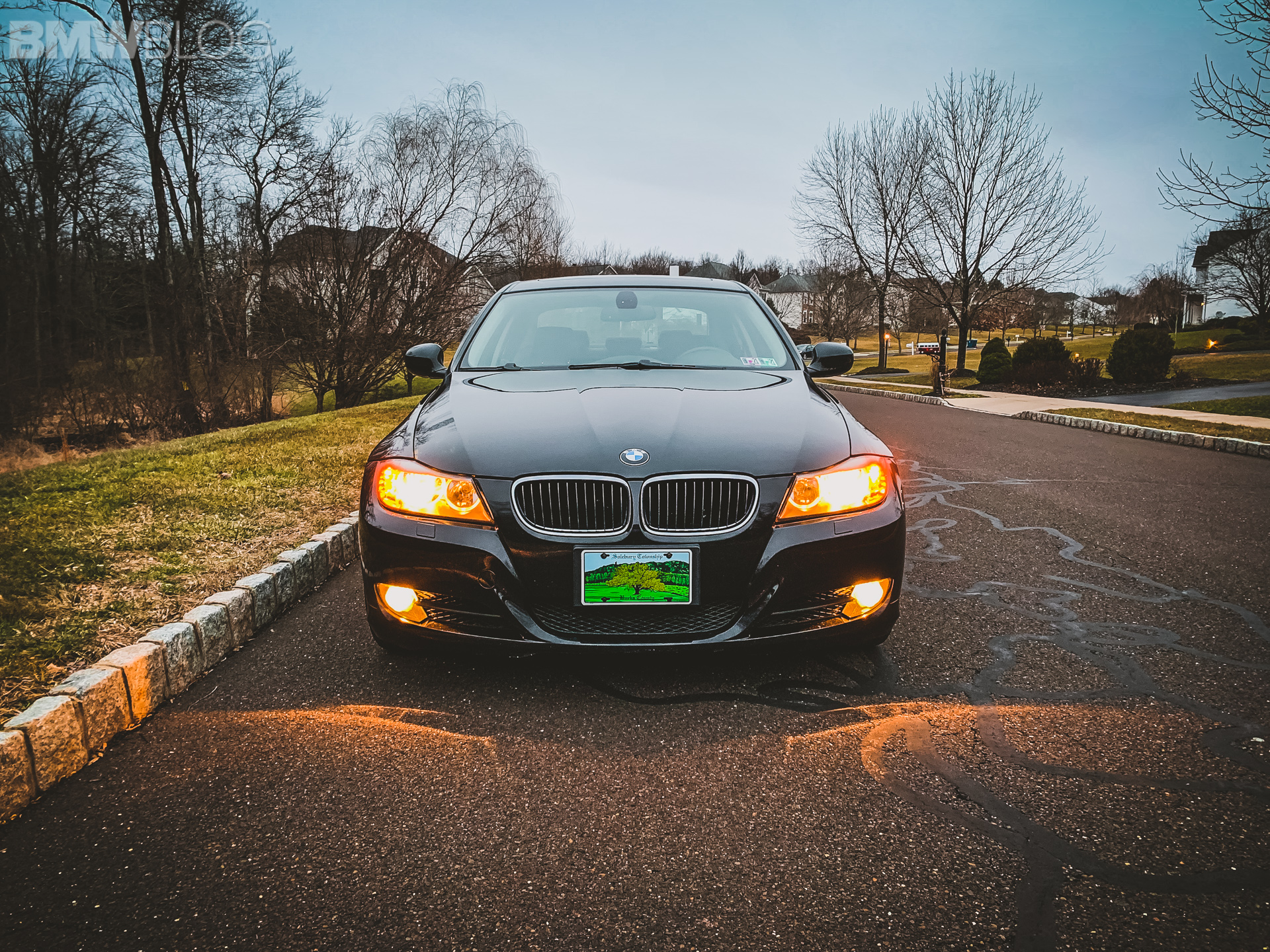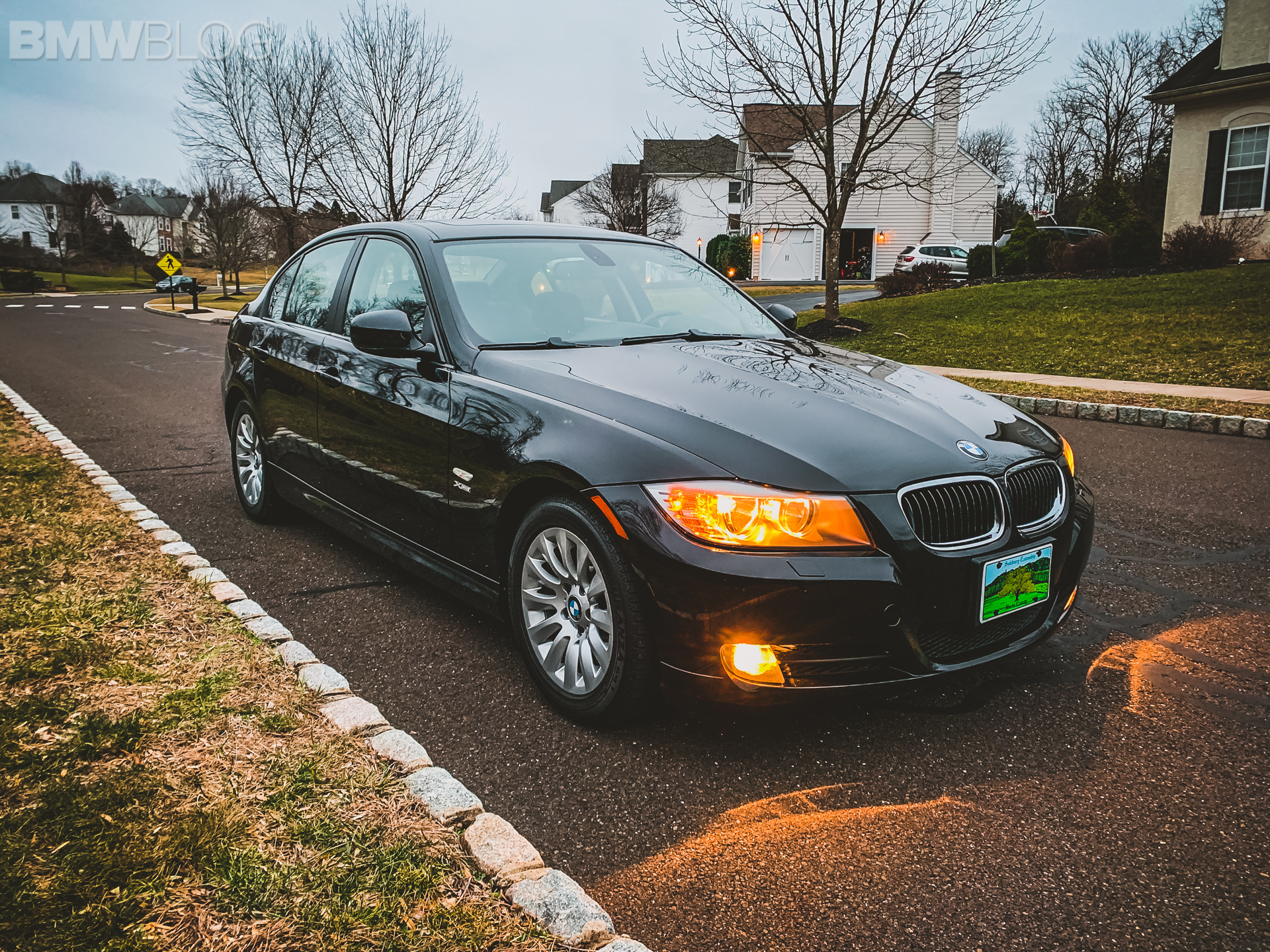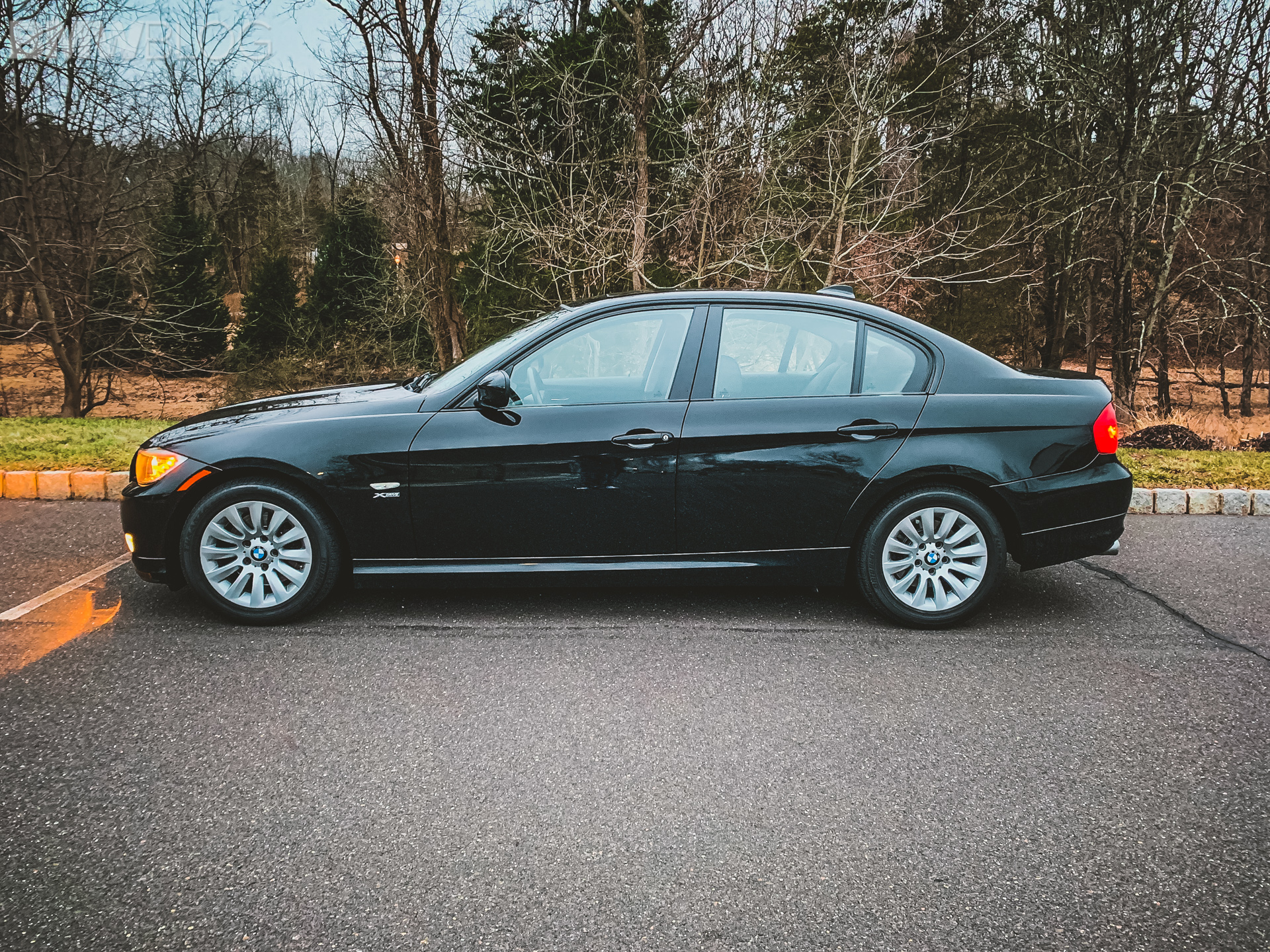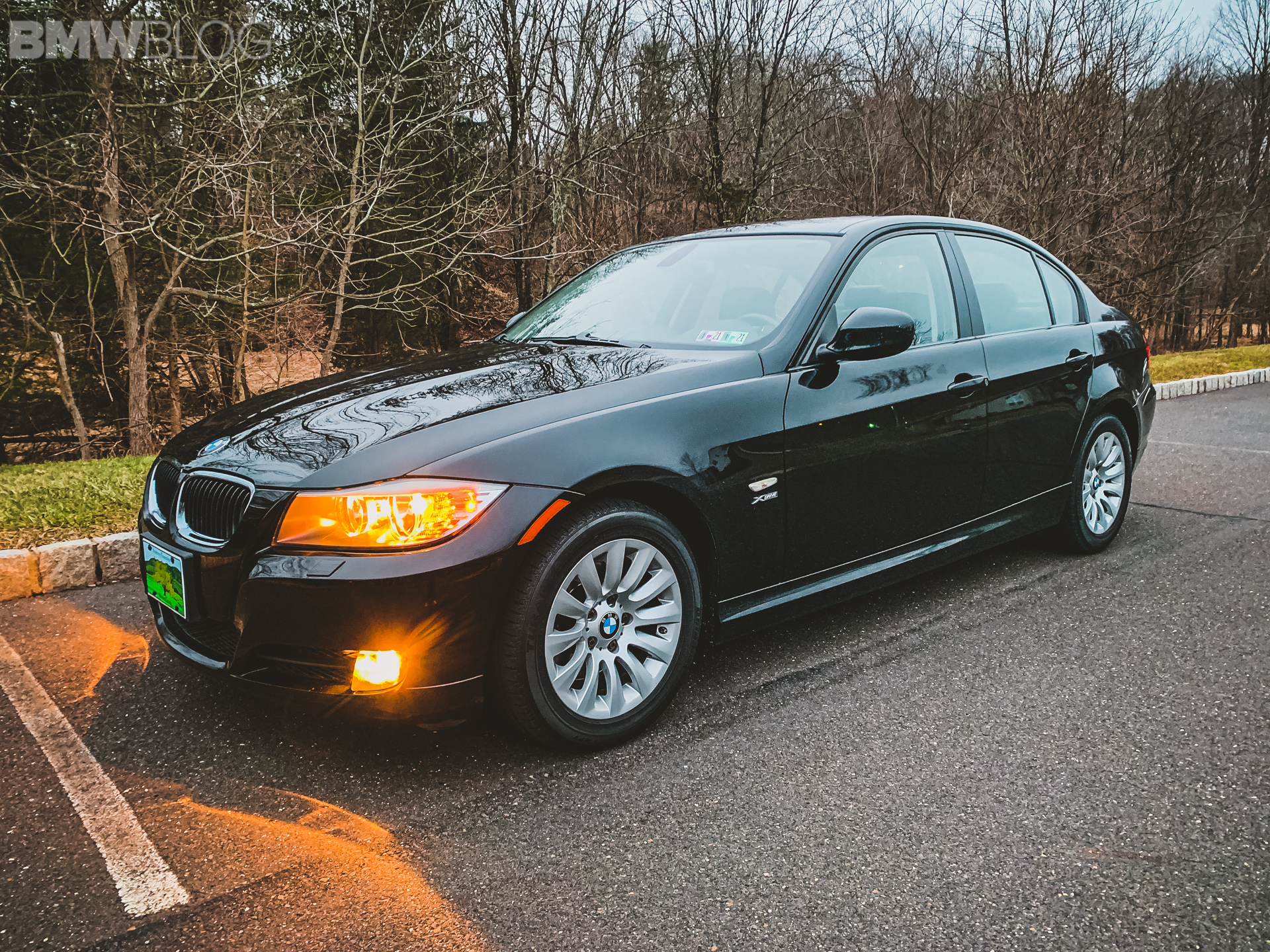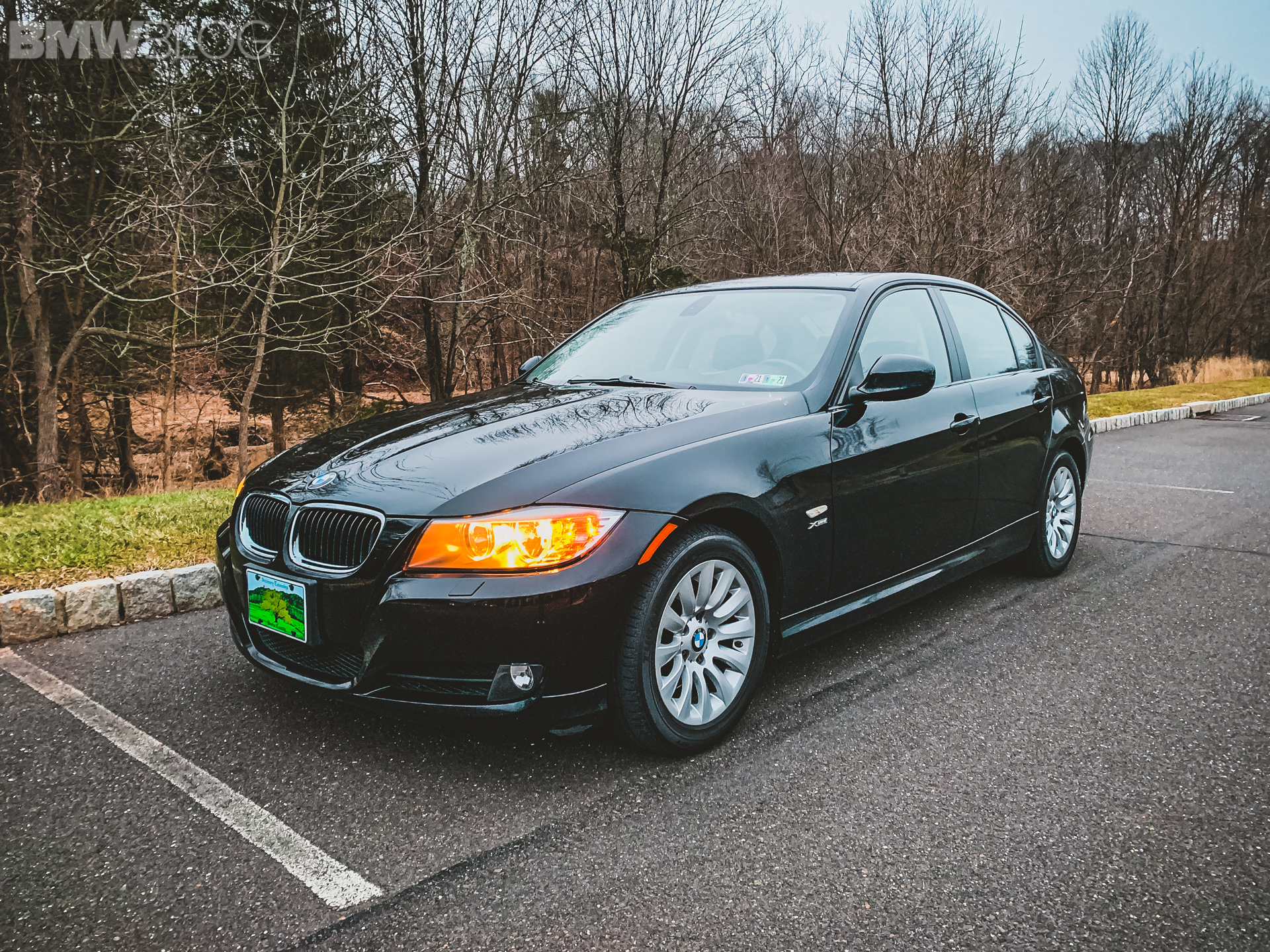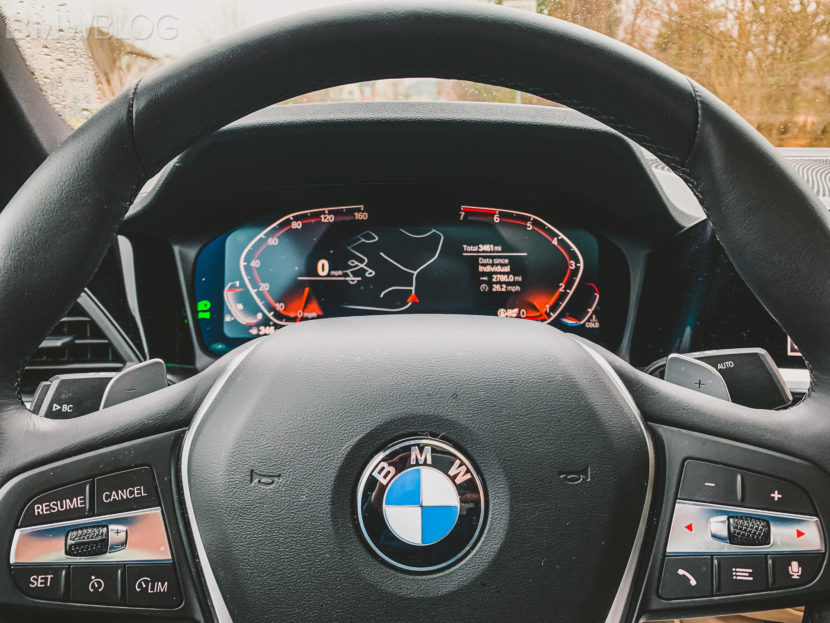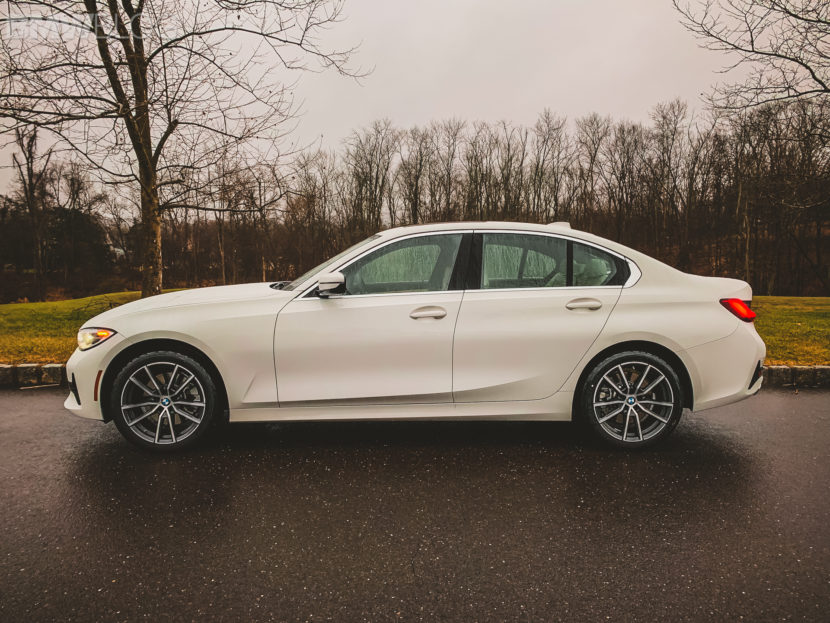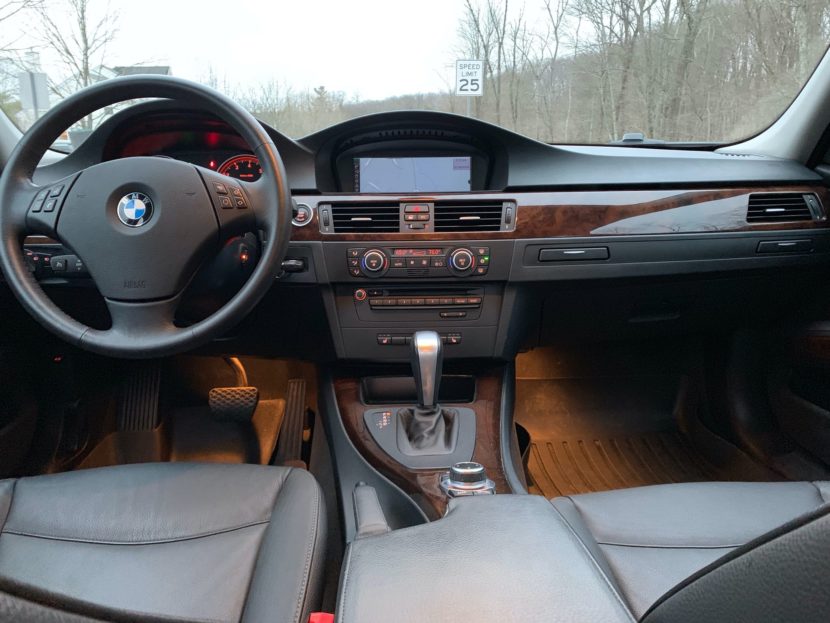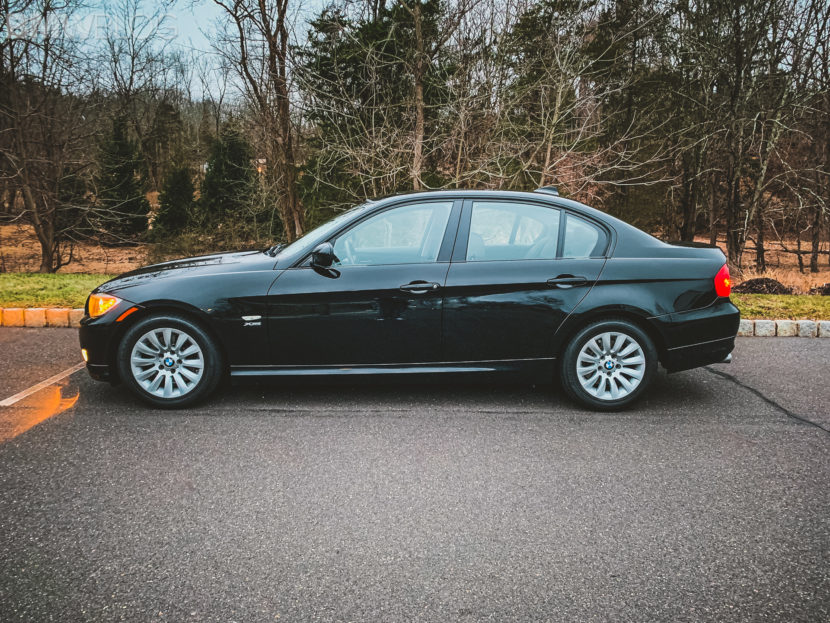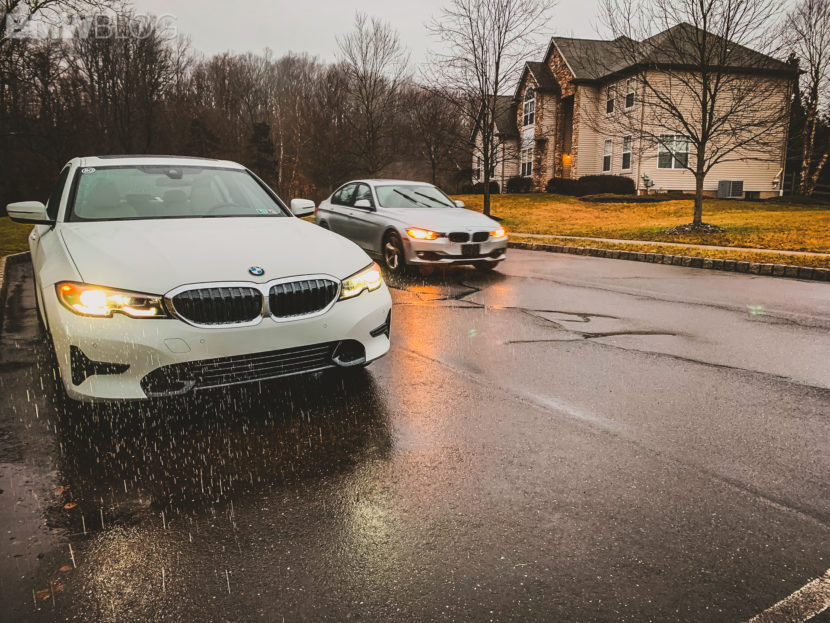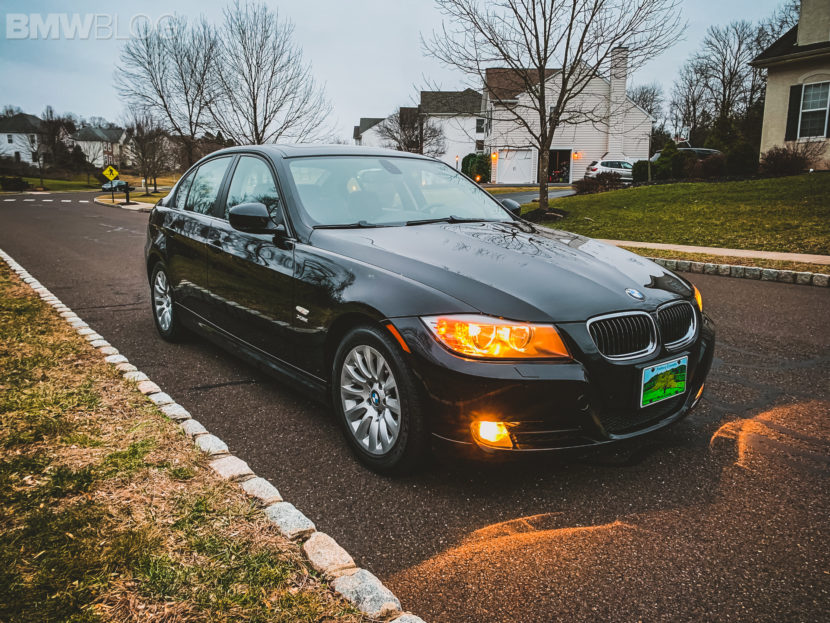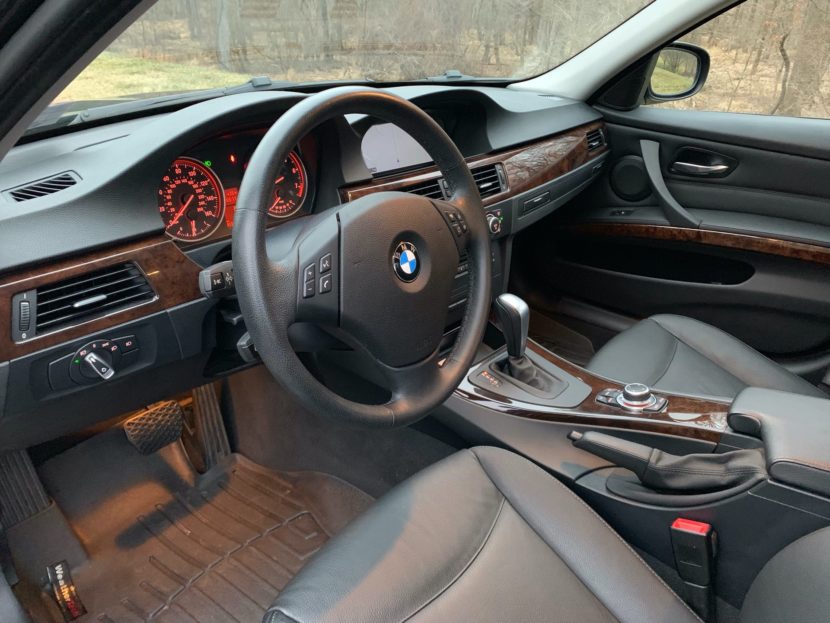The 3 Series is considered by many to be the quintessential BMW. Long viewed as the truest representation of the brand, thanks to its values and priorities. In fact, I think it would be fair to say that the BMW 3 Series has long been regarded as the benchmark in its segment, not just by automotive journalists and consumers, but also by BMW’s competitors.
To the dismay of many of us whom are passionate about the brand, however, at some point it seemed that with every successive iteration, the 3 Series was becoming more and more diluted. Rather than the discerning driver’s sport sedan, it was slowly becoming indistinguishable from any other smaller luxury sedan.
The F30 3 Series – A Missed Opportunity
No generation of the 3 Series epitomized this decline greater than the F30. Soft in its handling and ambiguous in its steering, it was a clear indication that the model was morphing into merely a means of selling volume and attempting to be all things to all people.
Unimpressive in its interior, at a time when everyone else seemed to be moving their competitive models upmarket. The introduction of the F30 320i in the U.S. seemed to further cement this perspective.
As a consequence, it seemed rather bleak for anything that would succeed the F30, from the view of the enthusiast. Particularly at a time when we are told by every pontificator and pundit that the appreciation for driving itself is dying, destined to become merely a memory.
For many, I’d assert, the E46 3 Series generation is viewed as being the best of all of the 3er, the ultimate culmination of all that was right about the series. Not dissimilar to how highly Porsche enthusiasts regard the 993 iteration of the 911. Still, I think that though it was a bit heavier and larger, the E90 was the last 3 Series generation that was truly deserving of the badging adorned upon its trunk lid.
The Rebirth Of The 3 Series – G20 Generation
Buyers had a phenomenal choice of motors, award winning in fact, and it featured a suspension setup, steering weight, chassis and transmissions that were all very consistent with what a BMW 3 Series should be.
Yet, since the BMW G20 3 Series has been introduced, the consensus from journalists has been that it has defied the trend, and is broadly accepted as being far better than its predecessor. Everything from its technology, to its chassis, suspension and steering have been significantly improved. The voices of the enthusiasts haven’t just been ignored.
G20 vs. E90 3 Series
With that being said, how does the G20 compare with the aforementioned E90, particularly in the ways that are most important to those of us whom cherish driving as an end in itself?
There are, of course, already so many reviews which provide in painstaking detail an overview of the G20, but the intention here is to focus on something far more simplistic.
Is it as much fun to drive as an E90?
The best way to make such a determination is to take both the G20 and the E90, back-to-back, on twisty and windy backroads, where a 3 Series can be best enjoyed. So, we did just that, on the roads that snake through the rolling hills and along the Delaware river, less than seventy miles outside of New York City.
For our comparison, we utilized a 2009 328i xDrive E90 Facelift and a 2020 330i xDrive G20. The latter of which had a sticker price in excess of $48,000 USD, whereas the sticker price of this particular E90 was slightly more than $45,000 USD in 2009.
Upon sitting in the G20, the first thing I noticed was the contour of its front seats, with its much more pronounced bolstering. Also, the steering wheel is perceptibly thicker. Both of which insinuate a certain level of sport competency. Additionally, behind the wheel, not unlike its predecessor, you’ll find paddles with which you can select gears.
Pulling away for the first time, I immediately find myself being jostled by the vehicle, as it tries to choose which of its eight speeds is most appropriate. Coming to the first stop sign, en route to our ideal driving roads, and the Start/Stop system rears its ugly head. It’s significantly less refined than the system utilized in competitor offerings I’ve also tested recently. Not the best first impression.
Depressing the peddle further, I again feel something unexpected. This time, it was the turbocharger attached to the four cylinder engine. Personally, I disdain turbo lag. Disdain it. Yet, the numbers convey that the four cylinder with the turbo and its eight speed transmission are able to accelerate the G20 from a standstill to sixty miles per hour more quickly. Nearly a second more quickly than the E90.
When being pushed harder, where throttle manipulation is needed or when accelerating after heavier braking, the combination of the turbo and the transmission leads to some jerkiness. At times it was rather severely disruptive to the fluidity of the car’s performance. However, selecting the gear yourself with the paddles can significantly mitigate this.
Specifically when in Sport Mode, the steering can be described as being accurate and intuitive. Heavier in weight than the mush that has become the norm in the industry. Yet because of the multiple driving modes of the G20, it is able to offer great versatility. At the touch of a button, the overall driving experience can instantly be transformed to be far more relaxed.
The G20’s suspension is surprisingly competent. I say surprisingly because it manages to both mitigate small and medium sized road imperfections, whilst also maintaining great composure through hairpin turns. It meets my high expectation of how a 3 Series should ideally handle.
It feels rigid, balanced and agile. I was genuinely having fun, and didn’t want my time with the G20 to come to an end. However, I wanted to spend time with both the G20 and E90 in the same day, with as little time between experiencing both vehicles as possible.
Transferring myself into E90, I encounter a thinner steering wheel, and seemingly thinner seats, which are significantly less supportive. There aren’t any conveniently placed paddle shifters behind the wheel. You can, however, utilize the gear selector in the center console in both vehicles to change between driving gears.
I put the vehicle in drive, and begin to make my way to the same roads upon which I’d just tested the G20. Strikingly, the six-speed transmission of the E90 behaves far more intuitively and is significantly smoother at slow speeds. This vehicle seems to know which gear it should be in. Refreshing!
Pulling away from the same stop sign as before, I depress the pedal, again providing a stark contrast. Absent is the unexpected pulling. Instead there is a steady and constant building of speed. I find the smooth character of the naturally aspirated N52B30, in-line six cylinder powerplant beneath the hood of the E90 to be much more preferable.
When faced with turns, the E90 effortlessly copes, further emphasizing that this is the type of driving that this car was created for. The steering weight is quite heavy, that is by modern standards.
However, it is exactly as I’d desire for carving up the twisty, secluded roads. You feel connected to the road, and thus feel unseparated from the constant feedback it provides. This, in turn, increases the driver’s feeling of precision.
Overall, it feels so planted, so stable, as if it were attached to rails beneath it. This is a culmination of multiple factors; the suspension, steering, chassis, the weight distribution and of course xDrive. I can largely laud the E90’s suspension. Though stable and unperturbed by sharp, switchbacks, it is far more easily disrupted by portions of the roads scarred by the cold winters of the northeast.
Comparatively, I find the suspension, chassis and steering to be the dynamic facets amongst which the G20 is really able to hold its own against the E90. Though I’d still describe it as being slightly softer than the E90, it is undoubtedly quite competent. Of course, both have the weight balance and xDrive.
The versatility that the G20 offers, in terms of its ability to change its driving characteristics more substantially at the mere touch of a button, is something which the E90 simply cannot provide. The E90 can seem a bit harsh at times. Still, I’m not confident that I, more specifically my sometimes sensitive stomach, could cope with the G20’s turbo and its transmission on a daily basis.
Which One To Buy?
After driving both thoroughly, it seems that the best combination would be having the G20 with the E90’s engine and transmission. Though I’m disappointed with the G20’s engine and transmission combination, I’m very pleased with my experience of the car, in totality.
The car genuinely feels light and agile. However, per the criteria I put forth, seeking driving pleasure above all else, I’d still prefer to have the E90. Yet, the G20 is no slouch. It does provide much of the excitement, I’d say about 75% of it if I were to attempt to quantify it numerically, that you derive from driving the E90.
Furthermore, it also has the unique, amongst these two, ability to be much more docile for use as a daily driver. Not to mention, having all of the latest technology at your fingertips.
Today, due to depreciation, you could acquire a very nice, low-mileage example of the E90 for about $10-12,000 USD. Thus, depending on your intended purpose, how many miles you drive per year and how highly you value the actual experience of driving, the E90 could still perfectly suit you. As well as save you $36-38,000 USD.
The E90 featured here had a navigation system, heated seats, a heated steering wheel as well as Bluetooth connectivity. Still, it pales in comparison to the tech found in the G20 we tested.
If for you technology is of high importance, as well as an expansive warranty and you still love driving, you won’t find yourself the least bit disappointed by the G20.
Visit the Author on Instagram @MikeAndHisBikes





